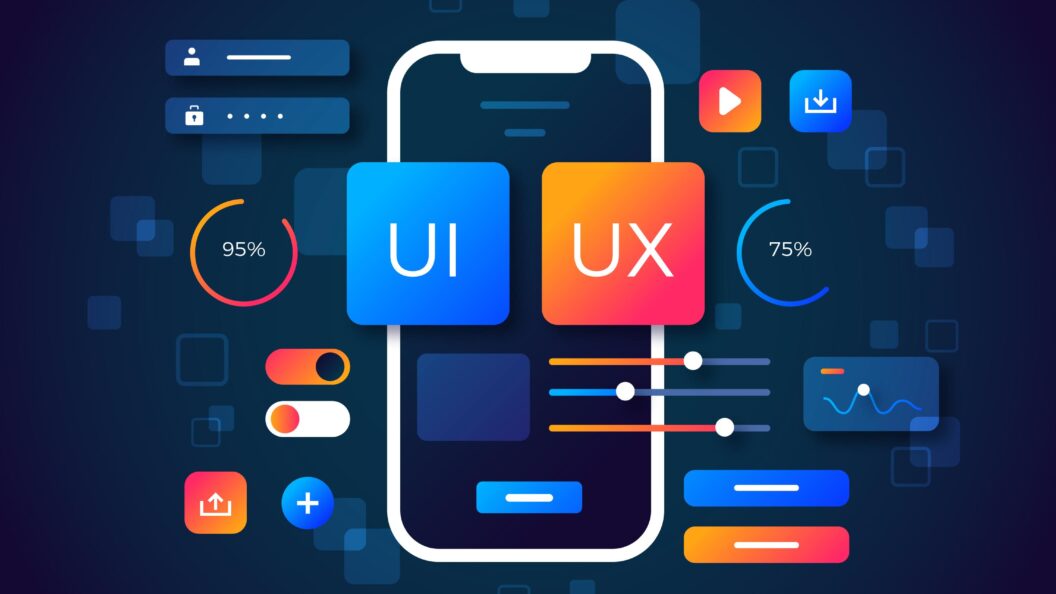The integration of artificial intelligence (AI) into the ever-evolving field of technology is reshaping the future of user experience (UX) and user interface (UI) design This industry is set to change web design and is committed to improved user experience and easier communication.
The role of AI in UX/UI design extends to different parts of the web development process. One of its key applications is a personalized user experience. AI algorithms can analyze user behavior and preferences in real time, allowing websites to dynamically optimize their interfaces. This personalization process can increase user satisfaction and conversion rates while presenting visitors with products and services they need.
Additionally, AI-powered chatbots and virtual assistants are redefining customer support and engagement. These intelligent bots can instantly provide information, guide users through websites, and solve their queries. This not only enhances the user experience but also makes manpower a more challenging task.
Predictive analytics driven by AI can predict user behavior, making the journey more seamless. By analyzing historical data, AI can suggest appropriate features or products, making decision-making easier for users. This proactive approach ensures that users get what they need quickly, resulting in a seamless and satisfying experience.
AI also plays an important role in accessibility. By automating alt text for images, ensuring compatibility with screen readers, and optimizing layouts for devices, AI-driven design ensures that the website is inclusive and accessible to all individuals, regardless of their power.
However, challenges do arise. Striking a balance between automation and the human touch is important. While AI can customize systems and suggest design elements, it cannot replace human creativity in creating emotionally impactful designs.
In conclusion, the integration of AI into UX/UI design heralds a future in which websites will adapt, engage, and support users in previously unimagined ways. From experiences that are personalized to intelligent assistants, AI is reshaping the digital landscape, promising simpler, more flexible, and efficient interactions eg As designers harness the power of AI, they imagine emphasizing the integration of technological advancement with human-centered design.



Your point of view caught my eye and was very interesting. Thanks. I have a question for you.